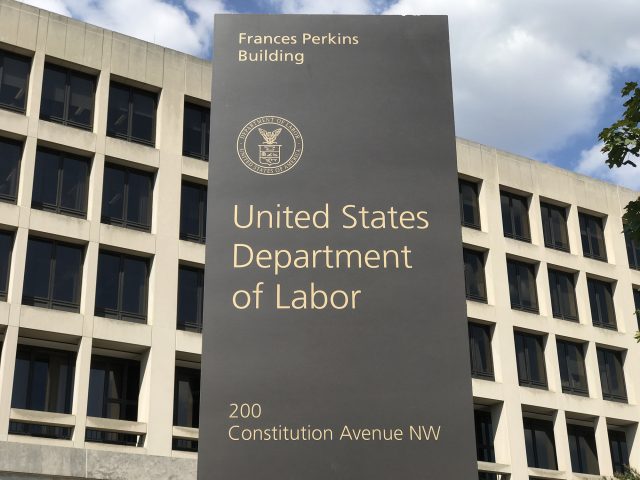
The Treasury’s I-Bond Is a Wonderful Product
Alicia H. Munnell is a columnist for MarketWatch and senior advisor of the Center for Retirement Research at Boston College.
Zvi Bodie is right; but saving on your own is a tough slog.
I recently had lunch with my friend Zvi Bodie, a pretty famous financial economist. He loves inflation-indexed investments. This time he was particularly enthusiastic about Series I Savings Bonds as a way to save not only for retirement, but also for emergencies. Policymakers have become increasingly convinced that having some precautionary savings is essential to prevent people from dipping into their 401(k) accounts to meet unexpected expenditures. So having a good investment to put into precautionary savings accounts would be great.
And these so-called I-bonds do look pretty attractive. They are guaranteed by the U.S. government; they are indexed for inflation; they are quite liquid; and they have tax advantages.
An individual can purchase up to $10,000 in I-bonds each year. Every month after the purchase, the government will credit to the investor’s account an interest payment equal to the initial fixed rate plus the annualized rate of inflation during the preceding six months. Moreover, if prices drop during any month, the government will not reduce the value of the account. Therefore, investors are protected against both inflation and deflation.
If the investor needs money on short notice, he has immediate access to the cash after an initial holding period of one year. The government imposes a slight penalty on funds withdrawn in the first five years by making the purchaser forfeit interest earned in the last three months. After five years, the purchaser will receive all accumulated interest right up to the month of redemption. Mechanically, in either case, withdrawing funds requires going online and transferring the required amount to a bank account. More about the mechanics below!
The interest earned from I-Bonds is exempt from state and local taxes, and federal taxes are due only when the purchaser cashes in the bonds. And, if the proceeds are used to pay for educational expenses, the interest earnings may never be taxable. Because I-bonds offer the benefit of tax deferral without being held in a retirement account, the purchaser does not face the 10-percent penalty before age 59 ½ that is applicable to withdrawals from 401(k)s or IRAs.
Finally, if investors do not use their I-bond holdings for emergencies, their I-Bonds mature in 30 years. At that point, the inflation-protected I-Bond account will then be available to provide retirement income.
Given all these desirable characteristics, I thought that I might buy one in Zvi’s honor. So I went to the Treasury website. As a former Treasury official, who is very fond of the institution, I have to say that the Treasury website is not a visually friendly place (though I understand that an upgrade is in the works). The type is tiny and the pages are cluttered. Eventually, I found the description and characteristics of I-bonds and clicked on the heading “How can I buy I-bonds?”
It turns out to buy an I-bond online, I need to have a “Treasury Direct” account, which requires completing three steps. One of these steps required my bank account and routing number. Since I no longer carry a checkbook, I was flummoxed. But I then realized that I could look at my online account and blow up an image of one of my cashed checks. However there were simply too many numbers, and I gave up.
And I think that’s the bottom line. Zvi’s right. The Treasury does offer a wonderful product in the form of an I-bond. But to buy them requires that the individual be highly motivated. In my case, I thanked my lucky stars that I work for an employer that offers a 401(k) plan and automatically deducts money each month for my retirement!!






